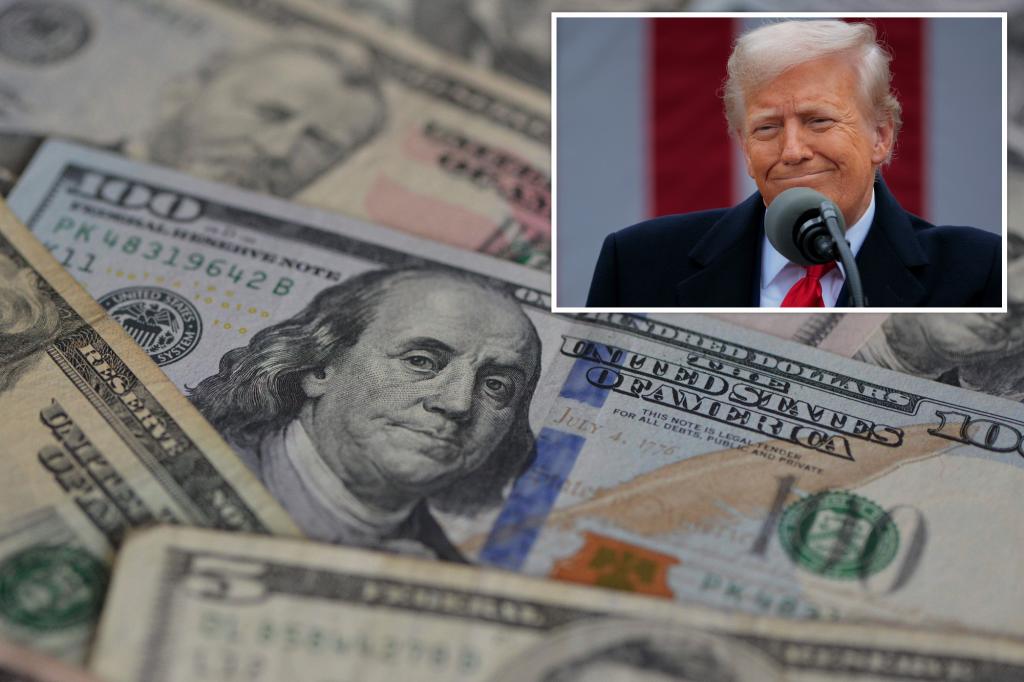
The US dollar has experienced its worst first-half decline in over 50 years, driven by growing apprehensions over President Trump’s aggressive tariff policies. In the first six months of the year, the greenback weakened by 10.7% against a basket of currencies from major trading partners, marking the steepest drop since 1973 when President Nixon ended the dollar’s gold standard.
This downturn coincides with President Trump’s announcement of severe tariffs during an April “Liberation Day” press conference. The move has sparked speculation that the decline could be part of a broader strategy to devalue the dollar, a notion reportedly associated with Stephen Miran, the newly appointed Chairman of the US Council of Economic Advisers. Miran has previously denied such claims.
Impact on US Exports and Trade Deficit
A weaker dollar could potentially make US exports more competitive, aligning with Trump’s goal to boost domestic manufacturing and reduce the trade deficit. During his campaign for a second term, a former Trump administration official suggested that currency revaluation might become a priority to address the trade imbalance.
However, President Trump has not publicly commented on the speculation regarding dollar devaluation. White House press spokesman Kush Desai emphasized Trump’s commitment to maintaining the dollar’s dominance as the global reserve currency. Desai pointed to positive economic indicators, such as the rally in ten-year Treasury yields and significant investment inflows, as evidence of sustained confidence in the US economy.
Expert Opinions and Market Reactions
Despite assurances from the White House, many experts argue that Trump’s tariffs are exerting pressure on the dollar, prompting global investors to reconsider their reliance on the currency. Stephen Miller, a consultant for GSFM, expressed concerns about the volatility introduced by the tariffs, stating, “Trump is definitely playing with fire.”
While a weaker dollar could benefit US exporters, uncertainties persist due to ongoing trade negotiations with key nations, with a crucial deadline looming on July 9. The dollar’s decline follows a period of strength after Trump’s re-election, fueled by hopes of a pro-growth agenda.
“Full-scale de-dollarization, if it ever comes, is still a long way away,” said Rick Rieder, BlackRock’s Chief Investment Officer of Global Fixed Income. However, the drop in confidence in the dollar as a safe haven asset is concerning, especially with rising government debt.
Fiscal Challenges and Economic Outlook
The US Senate narrowly passed a massive budget bill projected to add $3 trillion to the national debt, awaiting final approval in the House. Concerns over higher inflation and debt levels have contributed to a decline in long-term Treasury yields, which started the year near 5% and fell to 4.267% by Tuesday.
Ben Emons, founder of FedWatch Advisors, highlighted the ongoing pressure on the yield curve’s low end due to unresolved deficit and inflation issues. “There’s more risk now than anything,” Emons remarked on CNBC’s “Fast Money,” linking Treasury pressures to the dollar’s weakening.
The implications of a weaker dollar extend beyond trade, affecting global financial markets and economic stability. As the Trump administration navigates complex trade negotiations and fiscal challenges, the future of the US dollar remains a critical concern for policymakers and investors alike.







